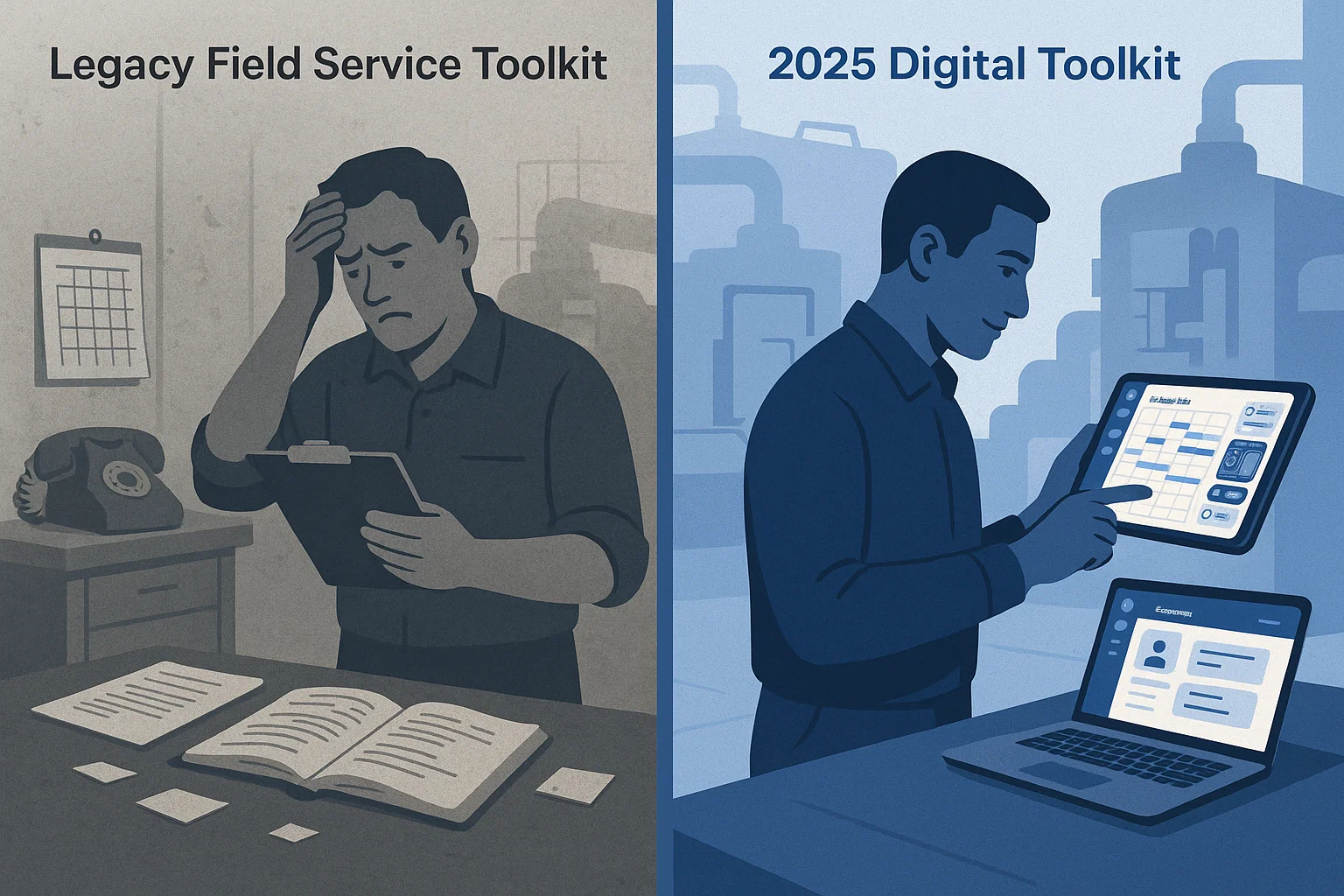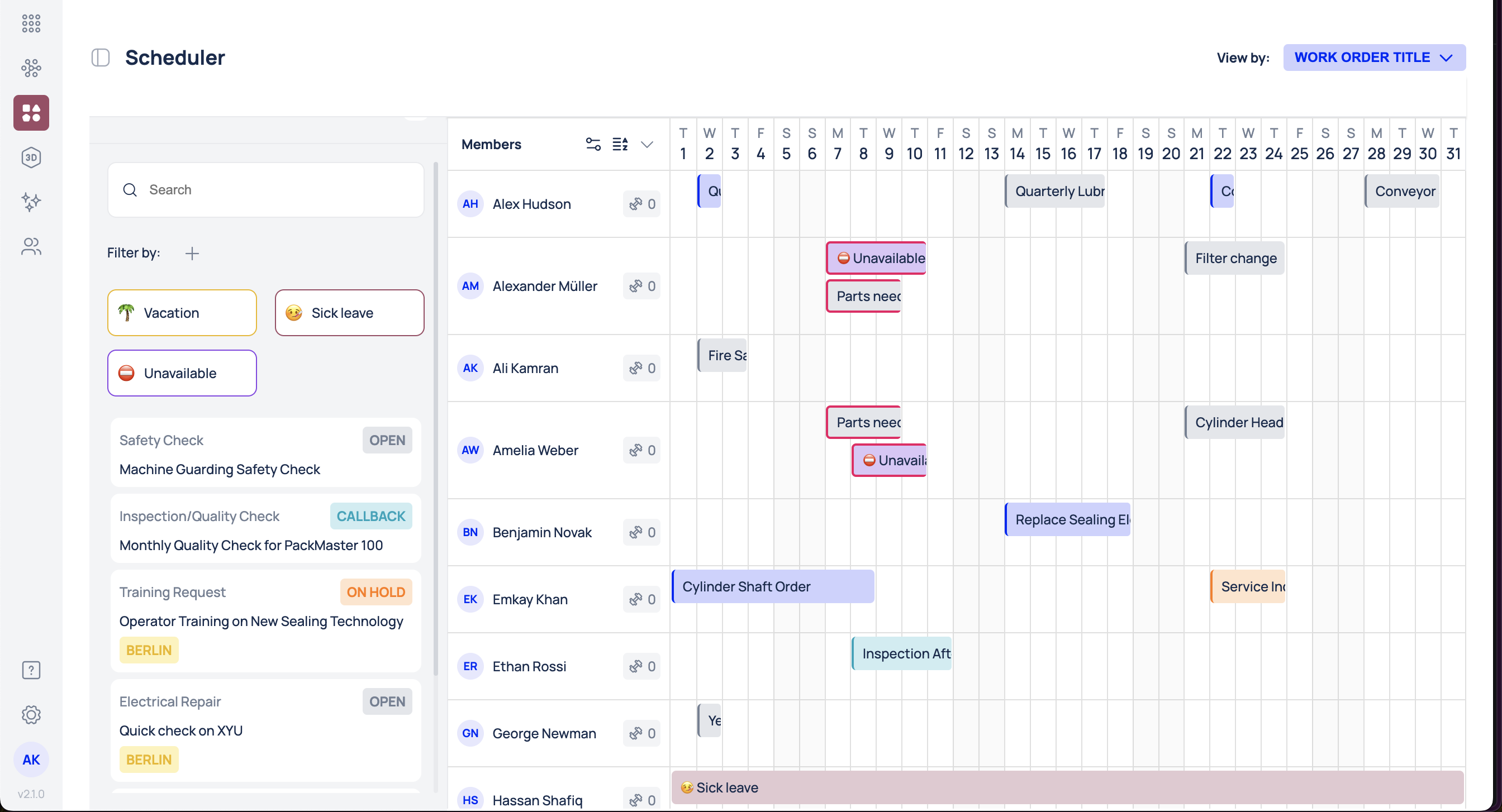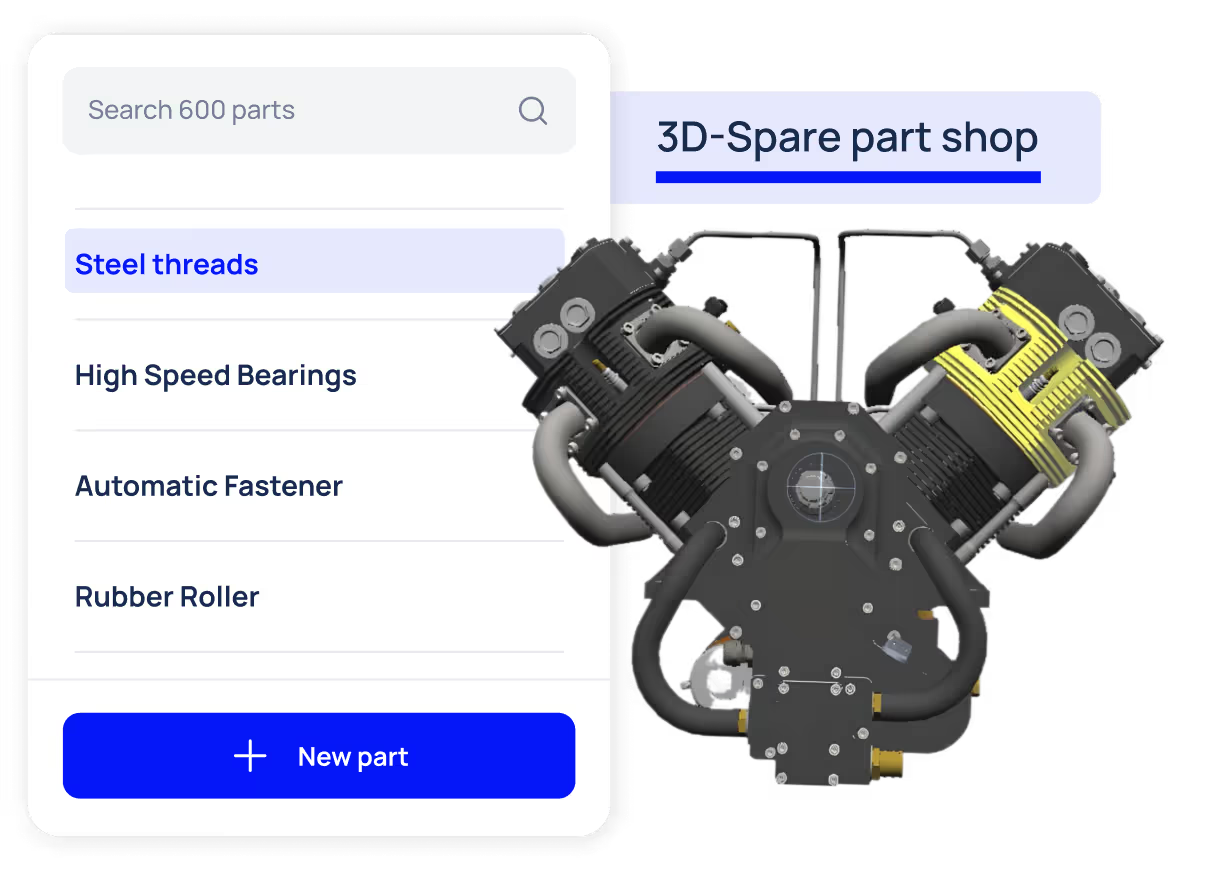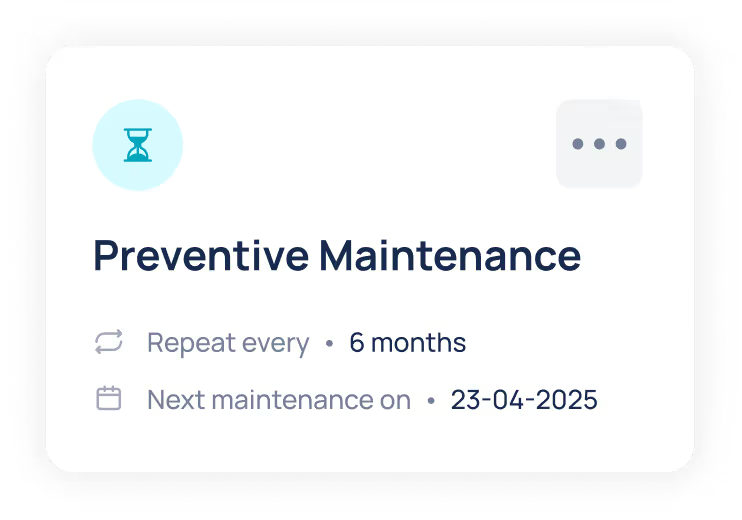Field Service Toolkits: 7 Must-Have Features in 2025
In 2025, technician toolkits are no longer just about spanners and service vans. OEMs and machinery manufacturers are rapidly evolving how they equip their field service teams—digitally. From AI-driven assistants to offline-capable mobile tools, the modern toolkit is part software, part strategy.
This article explores seven essential features that define a 2025-ready field service platform, with real-world data and examples from high-performing teams.

1. Offline-First Mobile Access
Not all jobs happen in well-connected cities. Field service often means basements, rural zones, and metal-dense sites with poor signals. That’s why offline-first mobile functionality ranks as a top must-have.
According to Field Technologies Online, robust mobile tools increase productivity by up to 45%, enabling technicians to complete more jobs with real-time data access. Makula's mobile-first Field Service module ensures technicians can access job details, record notes, and sync updates, even when disconnected.
2. Smart Scheduling & Technician Calendar Publishing
AI-powered dispatch is impressive, but most OEMs need transparency and ease of use. Smart scheduling tools—those that give human managers control—are proving just as powerful.
Research shows digitised scheduling can increase technician capacity by 20–30%. Makula delivers this through its intuitive drag-and-drop scheduler. Managers assign work orders on a calendar, then publish the schedule directly to each technician’s mobile app, keeping the entire team aligned.

3. Self-Service Portals for Customers
Customer expectations have shifted. 95% of companies now report rising demand for self-service capabilities. Booking appointments, reporting issues, tracking service status—all without speaking to a rep.
Makula’s Customer Portal enables exactly that. OEMs can give customers direct access to their installed base, job histories, digital manuals, and more. The result? 63% of businesses report lower service workloads thanks to these portals.
4. Contextual Knowledge Support (AI-Enhanced)
When veteran engineers retire, they take decades of knowledge with them. Enter AI-enhanced support tools.
A McKinsey study found that generative AI assistants reduced troubleshooting time from 30 minutes to less than 1. Makula's Industrial AI and AI Notetaker embed service knowledge directly into the workflow—making tribal knowledge searchable, scalable, and accessible to junior techs.

5. Visual Support & Remote Guidance

Not every OEM needs AR headsets. But nearly all need a better way to deliver visual service instructions.
Gartner predicts over 50% of FSM deployments will feature mobile AR by 2025. Makula meets that need through 3D Stream—an interactive platform for 3D manuals, animations, and visual diagnostics.
6. Asset Visibility & Uptime Planning
Predictive maintenance is booming. The global market is growing nearly 8x, from $8.3B in 2022 to $67.2B by 2030. But not all OEMs are ready for full IoT.
Makula’s AssetHub provides a practical starting point: asset lifecycle data, maintenance logs, and installed base clarity. It enables field teams to anticipate failures, identify patterns, and drive uptime improvements.

7. Performance Metrics & Feedback Loops
You can’t improve what you don’t measure. High-performing field service teams rely on KPI tracking: first-time fix rates, travel time, job duration, wrench time.
Makula enables teams to capture this operational data and feed it back into planning. Dashboards aren’t mandatory, but insight is. Companies using real-time metrics have reported 7–20% productivity gains.
Conclusion: Building Your 2025 Toolkit
Modern field service isn’t just about digitisation. It’s about integration, intelligence, and delivering better service outcomes.
Makula’s Customer Operations Platform supports OEMs at every stage—from asset visibility to AI-guided support. And because it’s modular, you can start with what matters most.



.webp)

